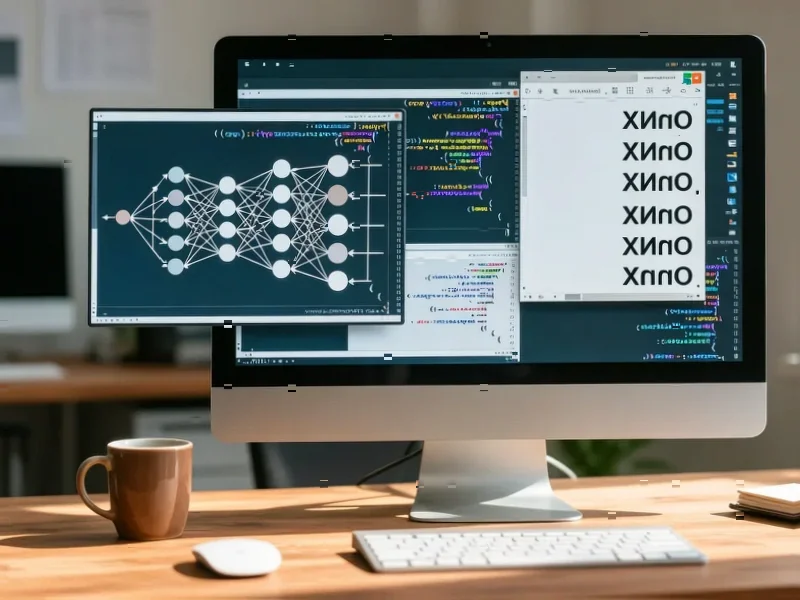According to Infosecurity Magazine, Dragos Gavrilut manages a team of over 180 people at Bitdefender developing machine learning algorithms for threat detection, event correlation, and post-breach hunting rules. His team specializes in anomaly detection, user analytics, risk analytics, forensics, and IoT analysis across the NTA/EPP/EDR/XDR security space. Gavrilut earned his Ph.D. in 2012 from Alexandru Ioan Cuza University with a thesis on meta-heuristics for anti-malware systems. He continues as an associate professor at the same university where he received his B.Sc. in 2004 and M.Sc. in 2006 in computer science.
The Scale of Modern Threat Hunting
When you’re managing 180+ security researchers and engineers, you’re basically running a small army of digital defenders. That’s not just a team—it’s an entire organization focused on one thing: finding threats before they cause damage. And they’re covering every angle from network traffic analysis to endpoint protection and everything in between. The real challenge here isn’t just building detection algorithms, but making them work together across different security domains. When your IoT toaster starts behaving suspiciously, these are the people who notice.
Where Academia Meets Actual Threats
Here’s the thing that makes Gavrilut’s approach interesting: he’s actively bridging the gap between academic research and real-world security operations. His 2012 Ph.D. thesis on meta-heuristics for anti-malware systems wasn’t just theoretical—it directly informs how Bitdefender builds detection systems today. How many security vendors can say their threat research lead is literally teaching the next generation of security researchers while building production systems? That dual perspective probably explains why they’re tackling everything from traditional malware to IoT risks and forensic analysis.
The AI Security Balancing Act
Building machine learning systems for threat detection sounds great until you realize the trade-offs involved. You’ve got false positives that waste security teams’ time, and false negatives that let real threats slip through. And when you’re dealing with IoT devices? Basically, you’re working with limited processing power and weird communication patterns that don’t look like traditional computing. The team’s work in user analytics and anomaly detection suggests they’re focusing on behavioral patterns rather than just signature-based detection. But can ML systems really keep up with rapidly evolving threats without constant human tuning? That’s the billion-dollar question.
Where Threat Detection Is Headed
Looking at the scope of what Gavrilut’s team handles—NTA, EPP, EDR, XDR—it’s clear the future is about integration. Security teams are tired of managing dozens of disconnected tools. The real value isn’t in having the best standalone detection for each category, but in making everything work together. When your network detection can correlate with your endpoint alerts and your user behavior analytics, that’s when you start catching sophisticated attacks. The IoT analysis piece is particularly forward-thinking—as more devices get connected, that’s going to be the attack surface that keeps security teams up at night.




